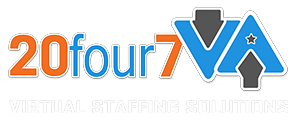How to Build a Cost-Reduction Action Plan with Lasting Gains

Knowing effective cost-cutting techniques that will boost your profit is essential for your company’s survival. This helps you ensure that you can afford to stay in the industry while keeping your product or service rates competitive. Cost-cutting also helps entrepreneurs be more flexible and critical in terms of finance and business management. However, it takes more than having a few cost-cutting strategies to run a truly profitable business. You need a comprehensive cost reduction plan that starts strong and works as long as you are in the industry.
The Process of Cost Reduction: Why It Should Be a Marathon and Not a Sprint
When your profits dip, it’s natural to try and see what costs you can reduce or completely let go of in order to make ends meet. However, this must be done in a way that doesn’t alarm your employees, turn away your customers, or stray from your brand identity.
A report by business cost management experts Hawtrey Dene revealed that 45% of workers admitted that the cost-reduction efforts of their companies have reduced the quality of their goods and services.

This is because some companies approach cost management the same way they do marketing: they try trends and tricks and when they don’t work out as well as they hoped, they drop them and move on to the next one. This approach focuses on how much money you can save in super short periods of time without considering how the measures used will affect customers, employees, and brand culture or integrity. What’s more, it pays too much attention to the end results: If it doesn’t meet the target figures within the specified timeframe, then it must go at once.
However, cost management isn’t a passing trend. It is a process that you must develop with utmost care, execute carefully, and develop constantly so that it evolves with your business.
Remember: employees and customers do not want to board a sinking ship. Apart from not meeting your cost management goals, making drastic changes will only alarm employees, customers, and even investors.
A cost-reduction action plan that works is one that lasts. This is because knowing how to reduce operating expenses takes patience, skills, and commitment. Here’s how you can build an effective and lasting cost-reduction action plan:
- Establish your method by defining good costs versus bad costs.
When structuring a cost reduction campaign, entrepreneurs generally start by verifying which expenses they can cut or reduce. Should I try another supplier? What packaging materials cost less? Can we add take-out box charges?
While this may work for a while, this kind of approach will not deliver lasting gains. To be more strategic, you need to structure cost management by sorting out the good costs from the bad ones. You already know the different necessities you pay to keep your business going. Now, it’s time to sift through these expenses so you can start strong with your cost reduction initiatives.
Here’s how you know when expenses are good or bad:
- Good Costs – these are drivers of profitable growth. In finance, people use the phrase good credit to refer to borrowing money with the intent to fund a business or a money-making venture. In business, good costs are overheads that drive new business development opportunities in addition to their role in generating revenues.
- Bad Costs – these are the types of costs you are looking to minimize, if not eradicate completely. While these particulars may be needed to run a business, they cost a company more money than they’re worth.
For example, you may list Office Supplies as an overhead. This is a broad umbrella that can include both physical and virtual office materials. Paper used in the office can account for about 3-5% of your funds every year. Considering how documents can be created, filed, and stored virtually, you can include paper in the bad costs column and sort out file creation and management software or tools as good costs.
- Restructure budget to align with a method.
Before you get to this step, it is important that you have a clear expense agenda. That is, your team has already established which costs are driving new business development and which expenses generate less value than they’re worth. That is why you must spend time to sort out the good costs and the bad costs first so that it’s easier to restructure your budget in a way that complements your chosen cost-reduction methods.
Reconstruct your funds into 4 ways using the following formula:

- Differentiate the campaigns and business processes that bring you closer to customers, expands your brand reach and improves your services.
- Identify which costs you can decrease or eliminate. For example, one product line has slow returns but takes up more storage and has expensive materials. You can slowly phase this out instead of shelling out more funds for marketing an unprofitable product.
- Recognize the high-ticket expenses that you can’t avoid. These are business essentials that take up a large portion of your revenues but are currently not giving you high returns. When you identify these costs, be sure to find ways to increase their value or efficiency.
- Find operating costs with a huge potential for savings. Often, these are overheads necessary to run an establishment traditionally. It includes real estate rental, office furniture, and print supplies. While these were absolute necessities a few years ago, businesses today can afford to function without these overheads through outsourcing. When you hire virtual staff, you can get the job done – and have done it better – when you hire through a seasoned staffing agency. Here are other ways you can save when you choose to work with a virtual assistant.
- Create a culture of expense and resource accountability.
There’s no point in designing a cost-saving plan if only a few people in the company are going to follow through. Cost management strategies require a team effort to be effective and have lasting gains. The best way to do this is by designing and cultivating a company culture with resource accountability.
If you are just introducing the process of cost reduction to your company, make everyone understand why. Following policies becomes less of a chore when employees know the rationale and appreciate what’s in it for them. Besides, letting your staff know the reasons and objectives of your initiatives is a sure way to keep up morale amidst changes.
Automating processes to reduce, if not eliminate, paper usage, powering down appliances when not in use and after work hours, and giving on-site employees the opportunity to work from home on some days of the week are other ways you can reduce expenses while creating resource accountability.
- Increase organizational efficiency to support initiatives.
Perhaps one of the reasons why cost-cutting strategies for companies don’t last is because only executives are involved. For example, the process from brainstorming to policy enforcement and assessment in your company is structured and carried out by one department only. The thing is the changes made by expense management influences everyone. It’s only fitting to improve organizational efficiency so that it supports the entire team.
Here are some points to take note of:
- Assess organizational structures. Does your company have an excessive organizational hierarchy? Reduce any redundant layers of a company structure, find out what departments or functions can be consolidated, and restructure responsibilities.
- Institute leadership cohesion and motivation. The efficiency of business campaigns is vastly influenced by senior leadership, and cost-cutting techniques are no different. The role, initiatives, and accountability by senior team members as well as frontline motivators must be visible and objective. Doing so affirms credibility and collaboration.
- Monitor behavioral changes. The effectivity of cost management isn’t just visible on benchmarks or figures. In fact, its biggest yardstick must be the behavioral changes it makes on employees. Make it a point to assess how employees are doing with the cost-related initiatives and how these initiatives are affecting the individual and group performance of employees.
- Reward employee initiatives. After establishing a culture of resource accountability, you can cultivate it further by rewarding or crediting employee initiatives that help support it.
- Use technology wisely. Technology improves processes, streamlines campaigns, and saves businesses huge bucks. Find out which processes or facets of your business can be improved financially and functionally with better use of technology.
Take advantage of free or reasonably priced tools and software for smaller organizations. From providing marketing assistance to accounting support, there’s a wide range of resources made especially to help businesses do more with less. Here are other ways to use technology to decrease business expenses.
Rather than severing overheads blindly, the point of cost-cutting strategies is to establish better ways of handling expenses. Measure the efficiency of your cost-reduction methods through their long-term benefits, not their intermediate results. This is how you can build a cost-reduction action plan with lasting gains.











